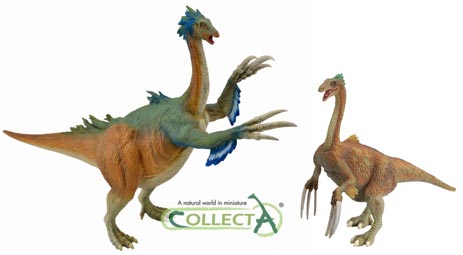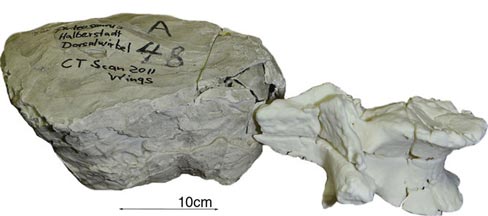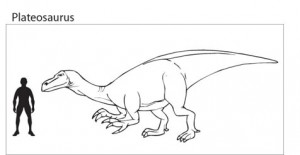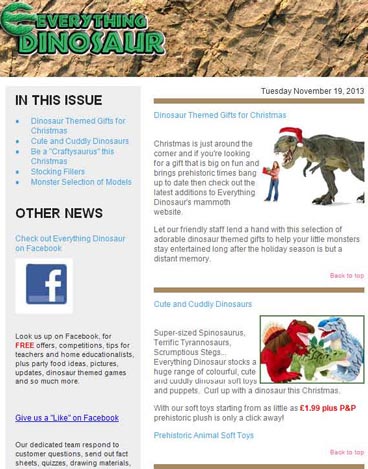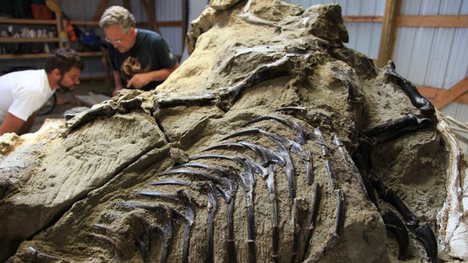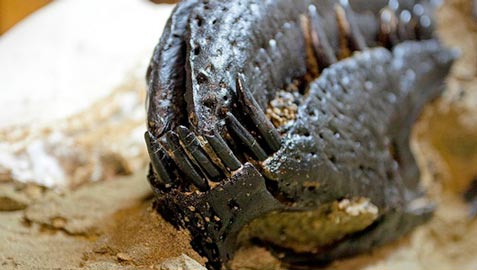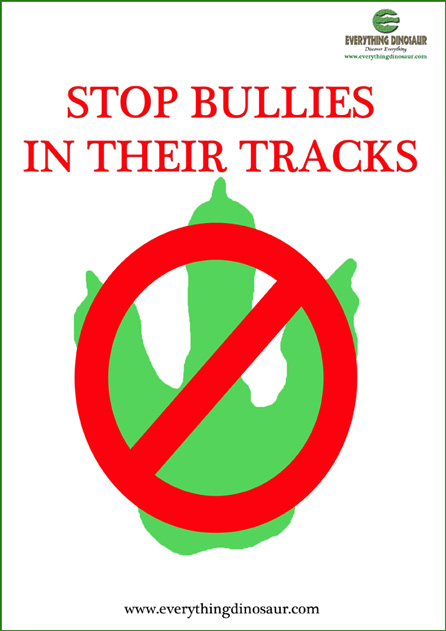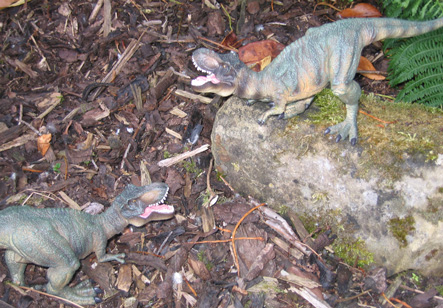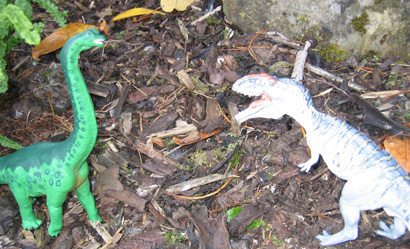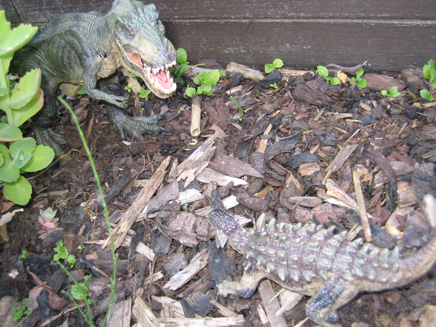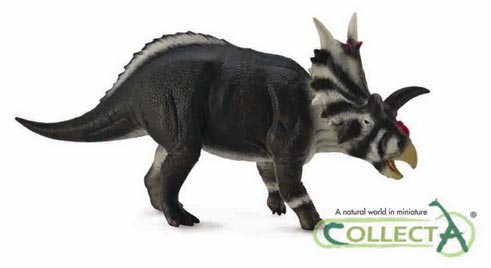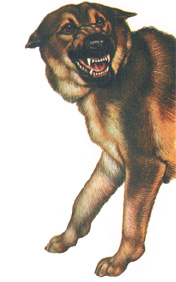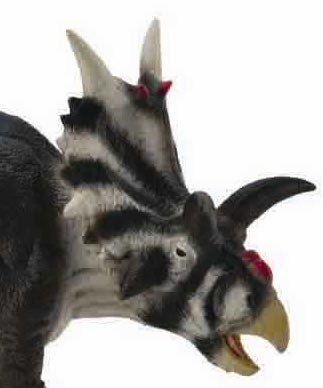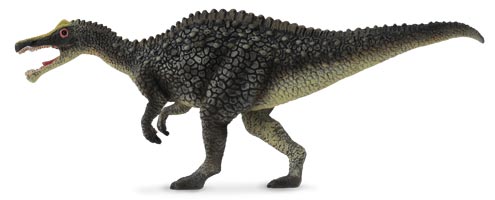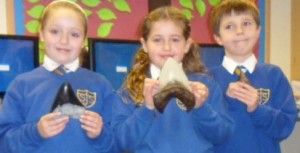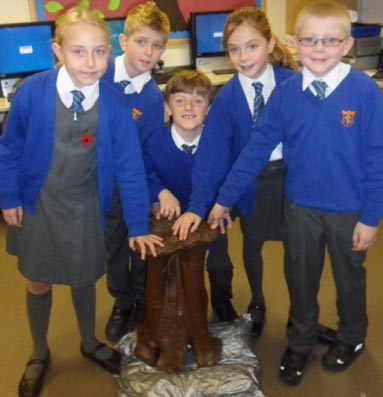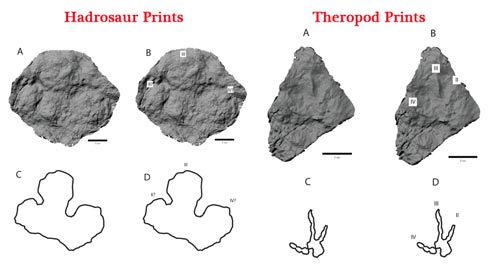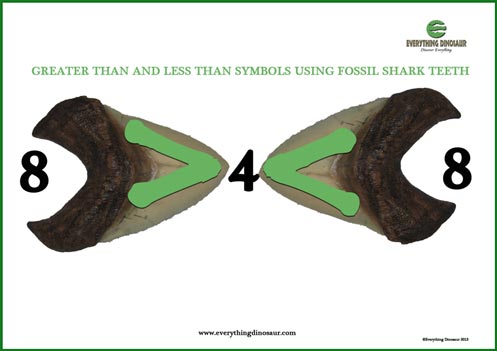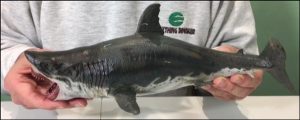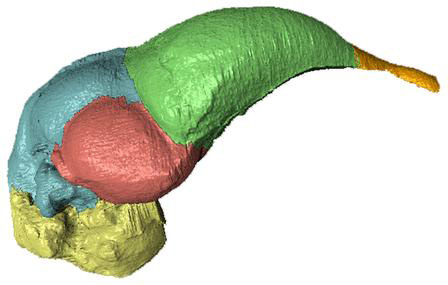CollectA Announce 1:40 Scale Therizinosaurus Dinosaur Model for 2014
CollectA Deluxe 1:40 Scale Therizinosaurus Dinosaur Model
Therizinosaurus is going to have a big year next year. 2014 may be the year of the horse according to the Chinese, but for CollectA, part of their focus is going to be on theropod dinosaurs and an example of this is their new Deluxe Therizinosaurus that is going to be available in a few months time. The therizinosaurids are a very strange group of lizard-hipped dinosaurs. Therizinosaurus, the first of this group and the one that gives this super family of Theropoda its name – the Therizinosauroidea, was formally described back in 1954. Next year marks the diamond jubilee of the therizinosaurs and over the last sixty years or so a number of genera have been erected, but scientists still no very little about these bizarre-looking dinosaurs.
Therizinosaurus Dinosaur Model
The New for 2014 CollectA Deluxe Therizinosaurus
Picture credit: CollectA
A Defensive Posture
Dinosaur model designer (CollectA), Anthony Beeson explained that the Deluxe Therizinosaurus is depicted in a pose that might be interpreted as a defensive posture. It is likely that this large dinosaur was herbivorous (or possibly an omnivore). Therizinosaurus shared its environment with large tyrannosaurs, dromaeosaurs and troodontids so there were plenty of predators about. Fossils of Therizinosaurus cheloniformis are associated with the Campanian faunal stage of the Late Cretaceous. These upper Cretaceous rocks from Mongolia have also revealed the fossils of the potential predators of this slow-moving dinosaur, as well as the diverse range of other prehistoric animals that the predators may have fed upon.
Everything Dinosaur’s Scale Drawing of Therizinosaurus
Picture credit: Everything Dinosaur
Therizinosaurus cheloniformis
Anthony stated:
“The model measures 8.5 inches high by 11 inches in length when measured from claw to the tip of the tail. I made this one more colourful as a male in full plumage, so that the smaller not-to-scale CollectA Therizinosaurus might be interpreted as either an immature animal or a female if the two models are put together.”
This interpretation makes a lot of sense, we at Everything Dinosaur are fairly certain that the Dinosauria had colour vision and there very probably was colour variation between the males and females just as we seen in many extant species of birds today. Therizinosaurs are known as “scythe lizards”, one glance at those huge claws on the three-fingered hands explains why.
The Two CollectA Therizinosaurus Models Together
In the image above, the 2012 CollectA not to scale model of a Therizinosaurus has been placed next to the new for 2014 Deluxe model. As well as being larger, the Deluxe Therizinosaurus has more colourful plumage. If we use modern, extant peacocks as a comparison, the larger model could well represent a male, whilst the smaller one with more subdued colouration could represent a female. It is likely that these animals did move in herds, or should that be flocks, either way this is speculation as colouration is not known in Therizinosaurus nor indeed have four-toed, fossilised tracks been found to indicate these dinosaurs moved around in groups.
Unusual Theropod Dinosaur
It has been suggested that T. cheloniformis, walked on four-toes, unlike most members of the Theropoda that walked on three or two toes.
Since only elements from the arms, some claws and parts of the hind limb have been assigned to this species it is not known how many toes these animals walked on. Other therizinosaurs, which have more complete fossil material ascribed to them are known to have walked on four toes.
Feathers identified in fossils related to Beipiaosaurus inexpectus, an earlier therizinosaur known from at least two individual skeletons that were found in Yixian Province (China), have led to most palaeontologists agreeing that therizinosaurs were probably feathered dinosaurs.
These are not the only “scythe lizard” models made by CollectA. The first therizinosaur model made by CollectA was Nothronychus (N. mckinleyi). Nothronychus was the first Therizinosaur to be discovered outside of Asia. Its fossils were found in New Mexico (United States). One of the specimens was found in marine deposits, suggesting that this animal may have lived in coastal swamps and a carcase was washed out to sea. The neck is not feathered in the CollectA model, perhaps an adaptation to living in a swampy, marshy area where feeding on water plants by dipping the head into water may have been a preferred feeding habit.
The CollectA Nothronychus Dinosaur Model
Picture credit: Everything Dinosaur
New Dinosaur Models
It is always exciting to see new dinosaur models, especially replicas of some of the more bizarre and unusual dinosaurs. The CollectA Deluxe Therizinosaurus is part of a second phase of 2014 releases, it should be available from Everything Dinosaur in the summer of 2014 or thereabouts.
CollectA prehistoric animal models available from Everything Dinosaur include the not-to-scale “Prehistoric Life/Prehistoric World” series: CollectA Prehistoric Life/Prehistoric World Figures.
CollectA scale models: CollectA Deluxe/Supreme Prehistoric Animal Figures.




